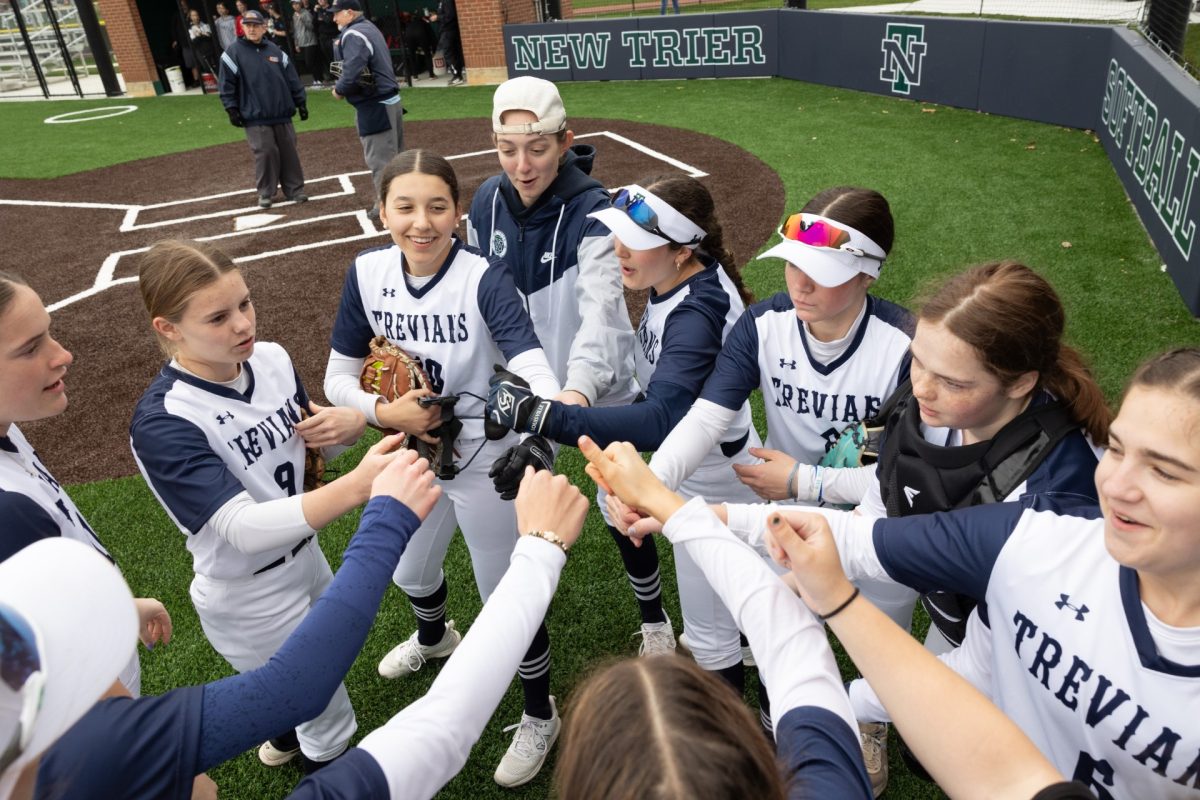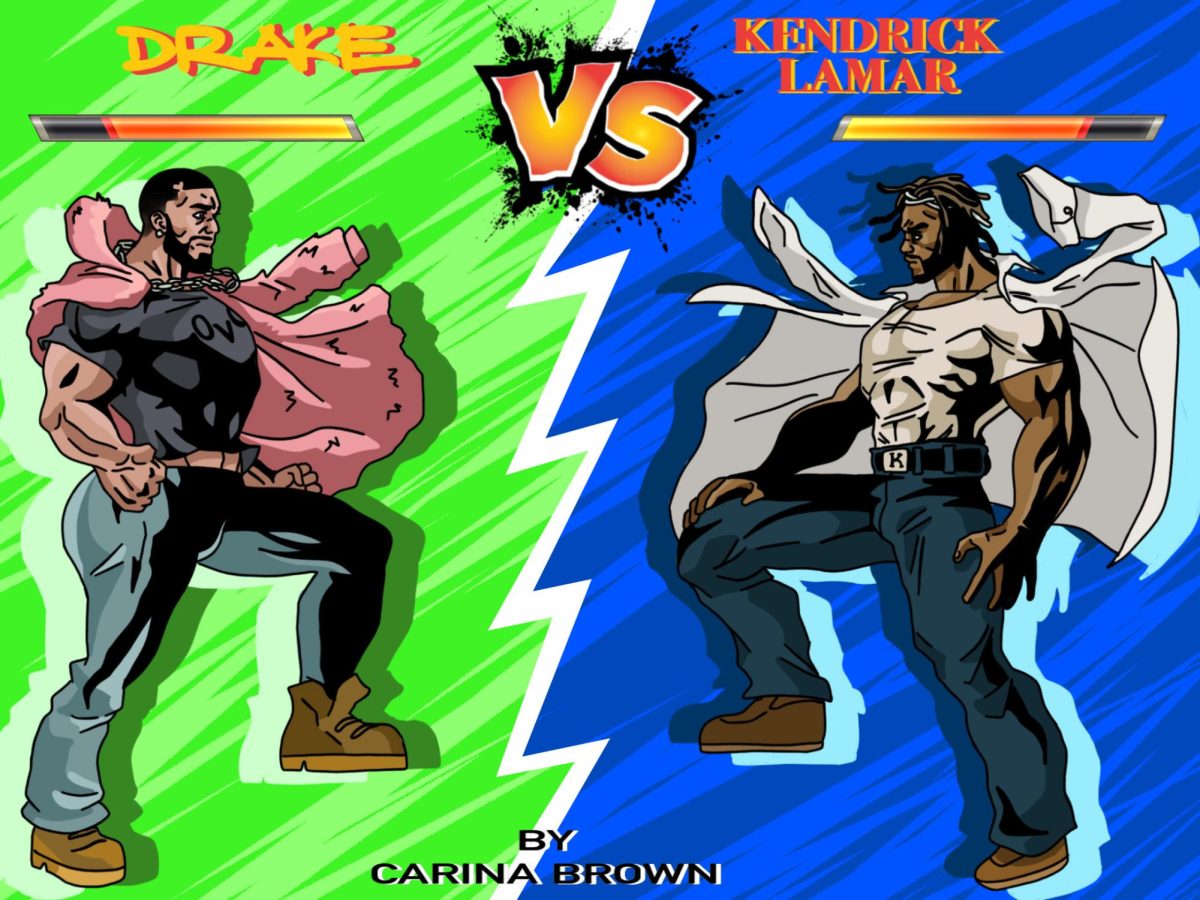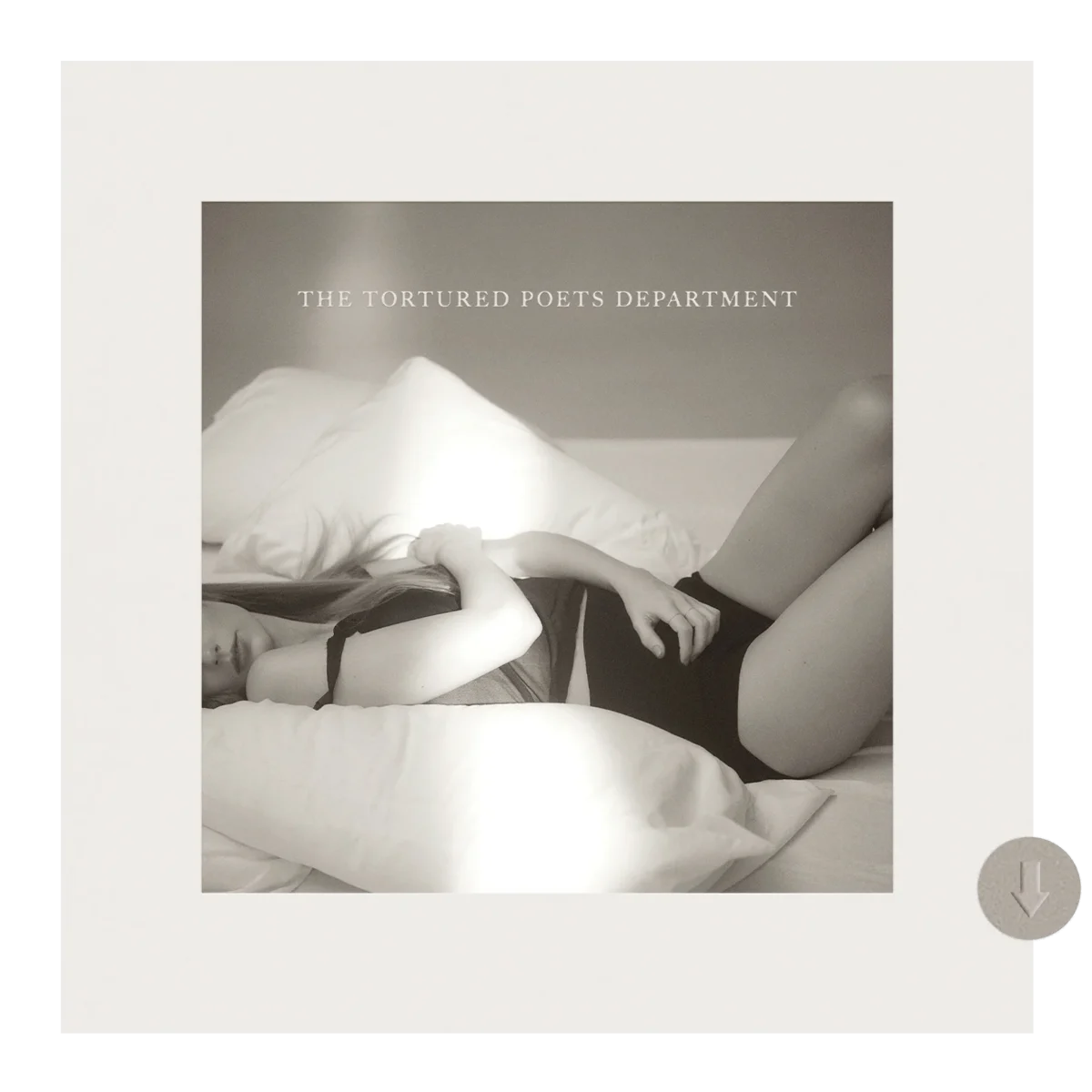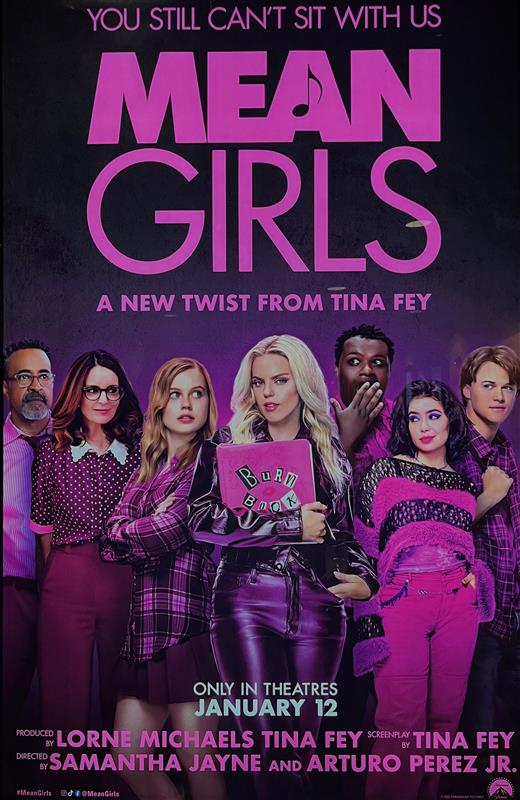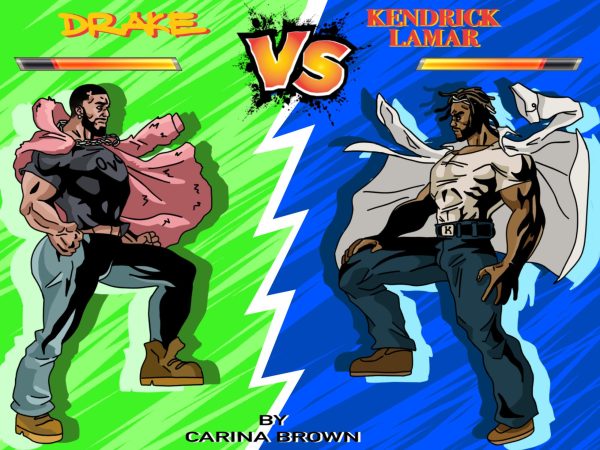Graphic depictions of suicide in media can lead to copycats, studies show
With suicide becoming the 3rd leading cause of death for teens aged 12-19 in the United States, according to the CDC, it is hard to know where to draw the line when depicting it in the media.
A popular example of suicide portrayed on television is the show “13 Reasons Why.” The show premiered on Netflix in March of 2017 and was based on a young adult novel by Jay Asher.
The series is about a teenage girl named Hannah Baker who takes her own life, and depicts her recording 13 tapes explaining all the factors like bullying and rape that pushed her to kill herself.
The Netflix Original drew a lot of criticism, as many felt the show glamorized and glorified suicide. They pointed to a risk of copycat suicides, adding to the ‘you’ll miss me when I’m gone’ mentality that comes along with it.
According to a detailed study conducted by the Journal of the American Academy of Child and Adolescent Psychiatry, suicide rates among teens grew significantly since the show premiered. The journal compared the monthly suicide rates from people aged 10 to 64 from January 2013 to March 2017. And found that in teens 10 to 17 an extra 195 suicides were reported within the nine months studied after the release.
The study concluded, “the release of “13 Reasons Why” was associated with a significant increase in monthly suicide rates among US youth aged 10 to 17 years. Caution regarding the exposure of children and adolescents to the series is warranted.”
Despite the show depicting the suicide of a young woman, the increase in deaths was mostly related to male suicide rates. The suicide rate for females remained the same in the nine months after the premiere compared to the male’s which rate increased 28.9%.
This pattern does not seem to be
unique to only depictions of suicide in entertainment. This correlation has been seen in the past through other forms of media. For example, there was an increase of suicides after it was published that Marilyn Monroe took her own life in 1962.
The Journal of Epidemiology and Community Health released an article diving into how media coverage correlates to suicide rates. The journal used stats from the month after Monroe’s death. The suicide rates spiked for that month and the journal found this to be a pattern that suicide in the media leads to a jump in numbers.
“During the month of her suicide in August 1962 there were an additional 303 suicides, an increase of 12%. In general, however, highly publicized stories increase the national suicide rate by only 2.51% in the month of media coverage,” concluded the article.
Netflix has since added a warning video that plays prior to “13 Reasons Why.” The video features the cast members explaining how this show touches on mature material and “if you are struggling with these issues yourself, this series might not be right for you.”
The television show’s depiction of the death of Hannah is completely different and more gruesome compared to the novel. The original book only refers to how Hannah killed herself in passing.
Nearly two years later, Netflix has removed the scene in which the main character takes her own life in vivid detail. The new scene no longer shows the actions of Hannah. It only her mother finding her body.
In a statement from one of the writers of the series, Brian Yorkey explains the reason behind the removal of the scene.
“We believe this edit will help the show do the most good for the most people while mitigating any risk for especially vulnerable young viewers,” said Yorkey.











